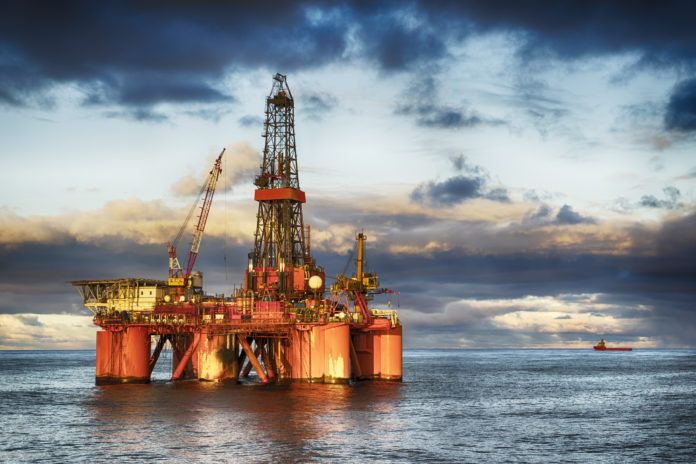President Joe Biden’s temporary halt to drilling on federal lands leaves the vast majority of U.S. crude production untouched, but it may be the death knell for the Gulf of Mexico’s already dwindling output, Bloomberg reports.
Should the halt announced Wednesday become permanent, the U.S. would stand to lose as much as 200,000 barrels a day of output by the end of this decade, according to Artem Abramov, head of shale research for Rystad Energy. It’s a small fraction of America’s roughly 11 million barrels a day of production.
“The region that would bear the brunt of this ban are the deep waters of the Gulf of Mexico since it’s entirely owned by the government,” says Elisabeth Murphy, ESAI Energy LLC upstream analyst for North America.
It would mean a 40% output drop for the Gulf by 2030, she says. It’s a corner of the U.S. oil industry that has already seen investments shrink in recent years, with drillers focusing mostly on shale. Total spending in the Gulf dropped by half in the four years through 2019, to less than $14 billion, Abramov says. Exploration spending fell by nearly 70% during the same period.
In the Permian Basin, on the other hand, only a small part of the prolific shale region is on federal land, and drillers there have stocked up on permits to maintain production levels in the coming years. North Dakota’s Bakken formation also includes some federal land, but like the Permian, operations there can move to private acreage.
“U.S. oil and natural gas producers can survive without new leases on federal lands, with the backlog of potential drilling unlikely to dent activity until the latter half of President Joe Biden’s term,” Bloomberg intelligence analyst Vincent Piazza said in a note. Read the full story.



